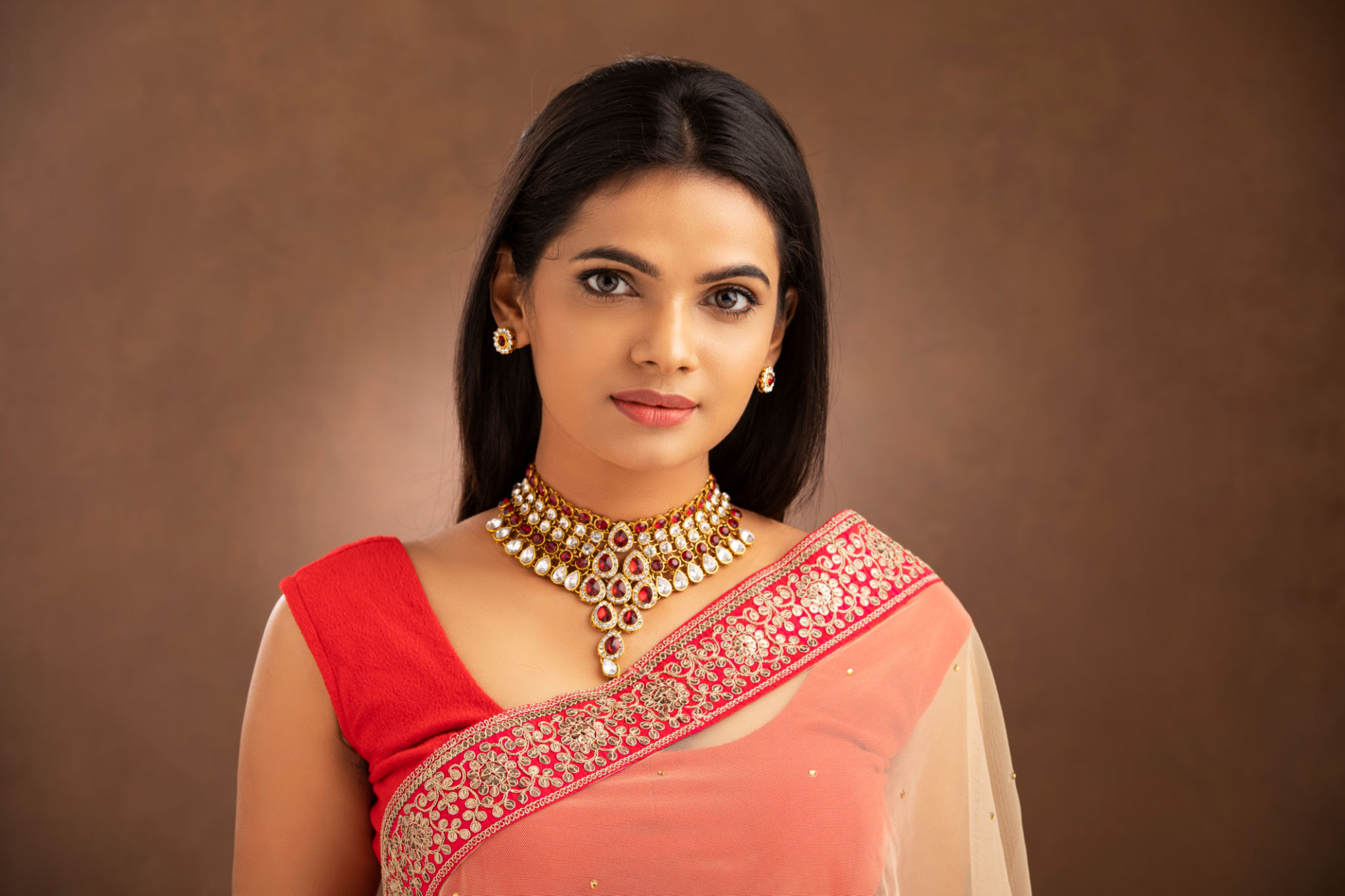Exploring the Art of Mehndi: Traditional Designs and Modern Twists
Introduction to the Art of Mehndi
The art of Mehndi, also known as henna, is a tradition that dates back thousands of years. Originating in ancient India, this intricate form of body art involves applying a paste made from the powdered leaves of the henna plant to the skin. Mehndi is often associated with joyous celebrations, including weddings, festivals, and religious ceremonies, serving as a symbol of beauty and auspiciousness.
Today, Mehndi has transcended its cultural origins and is embraced around the world. Enthusiasts appreciate it not only for its aesthetic appeal but also for its cultural significance and the artistry involved in its application. The mesmerizing patterns and designs reflect a blend of tradition and creativity.

Traditional Mehndi Designs
Traditional Mehndi designs are characterized by their intricate patterns and symmetrical shapes. These designs often include floral motifs, paisleys, and geometric shapes. Each element holds specific meanings and is chosen not just for its beauty but also for its symbolic significance.
In many cultures, Mehndi is applied to the bride's hands and feet as part of pre-wedding rituals. The intricate designs are believed to symbolize joy, beauty, and spiritual awakening. The application process itself is a communal event, bringing family and friends together in celebration, further enhancing its traditional value.

Symbolism in Mehndi
Each pattern in traditional Mehndi carries a unique meaning. For example, the peacock is a common motif symbolizing beauty and grace, while the lotus often represents purity and enlightenment. These symbols, when combined, create a tapestry of cultural stories and personal expressions.
Modern Twists on Mehndi
While traditional designs remain popular, modern twists on Mehndi have emerged, offering a fresh perspective on this ancient art. Contemporary artists are experimenting with minimalistic patterns, bold geometries, and even incorporating elements like glitter and colored henna to create unique designs.
Some artists are blending Mehndi with other art forms, such as tattoo artistry, to create hybrid designs that appeal to a broader audience. This fusion results in innovative patterns that maintain the essence of traditional Mehndi while introducing new elements that reflect the evolving tastes of today's generation.

Customization and Personalization
One of the most exciting aspects of modern Mehndi is the level of customization it offers. Artists are working closely with clients to create personalized designs that tell individual stories. Whether it's incorporating initials, special dates, or meaningful symbols, these custom designs make Mehndi a deeply personal form of expression.
The Global Appeal of Mehndi
Mehndi's global appeal has led to its presence in various cultural contexts. It has become a popular choice for temporary body art at music festivals and cultural events worldwide. The versatility and temporary nature of Mehndi make it an attractive option for those looking to adorn their bodies without the permanence of a tattoo.
As it continues to evolve, Mehndi remains a beloved art form cherished for its beauty, cultural richness, and ability to adapt to modern preferences. Whether rooted in tradition or exploring new creative directions, Mehndi is a testament to the enduring allure of ancient arts in contemporary society.
